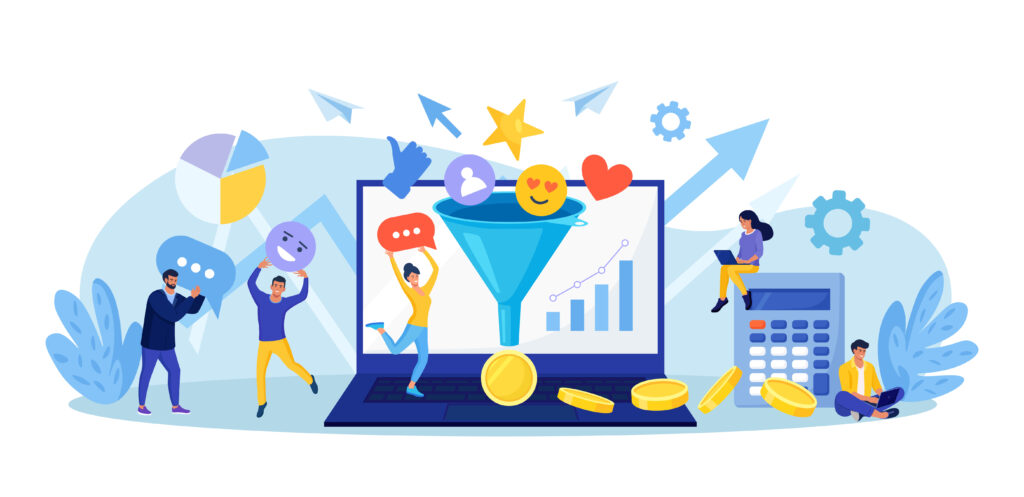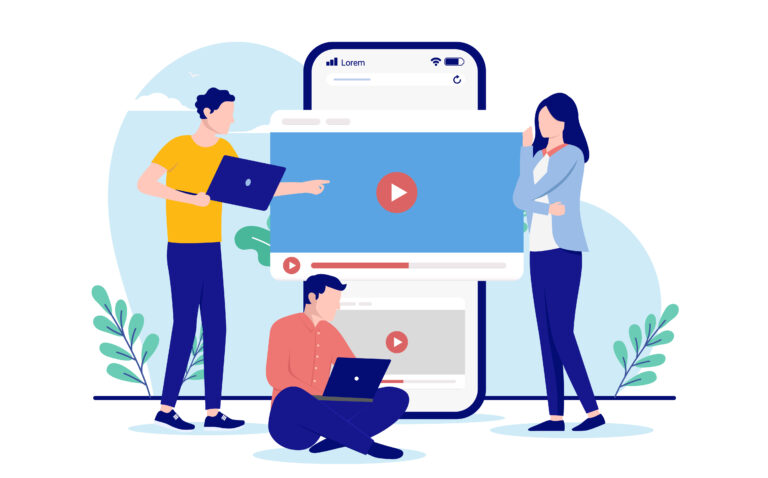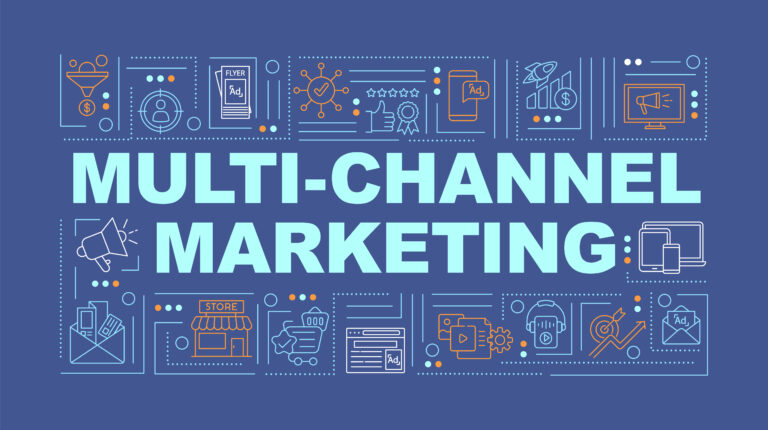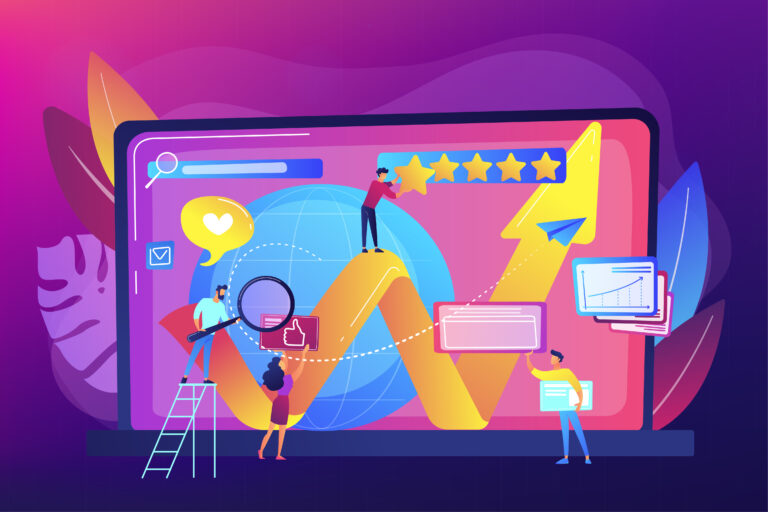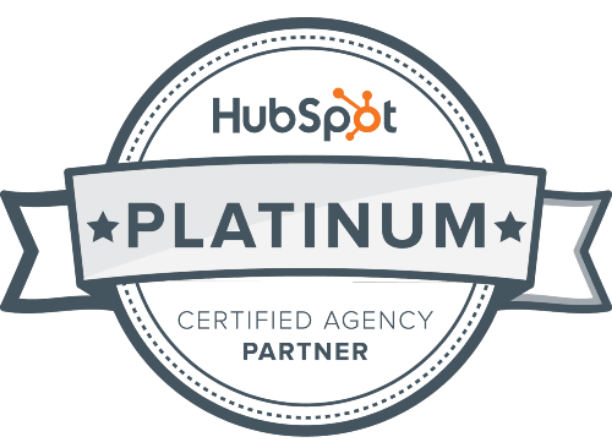Your company’s website is more than just a website. Depending on your business, it might be a lead generator, a sales hub, a patient portal, a customer service depot, a portfolio, or, more likely, a mix of many things.
Websites’ key functions and focuses may differ, but no matter your audience or industry, your website should be built to seamlessly convert visitors into customers.
How do you gauge whether your site is conversion-friendly? Its conversion rate—the percentage of visitors who take the action you’re aiming for, like making a purchase or filling out a form—offers a good baseline.
Conversion rates vary website to website, but the average hovers at around two to five percent. A “good” conversion rate might mean you’re beating that average. It might mean that it’s higher than last quarter. If your site’s conversion rate is stalled or lower than average, though: You probably have work to do.
Here are a few conversion rate optimization tips and strategies that should help enhance your website’s performance:
1. Understand Your Audience
What this means: “Know your audience” is a marketing fundamental, but this goes deeper. Your website audience might look a little different from your overall audience or your in-person audience. And knowing who visits your website means knowing what they’re looking for, how they want to interact with your business, and how they’re interacting with your website.
Why it’s important: By tailoring your site to meet the needs and preferences of your target audience, you make their experience easier, more effective, and more enjoyable—and that increases conversion rates.
How to do it: A user behavior analysis deep dive (using an analytics tool like Google Analytics) can reveal demographics, interests, and browsing behaviors that help you adjust to suit your audience.
One example: If, say, your analytics showed a majority of your audience searching for eco-friendly products, you might adjust your site to highlight the eco-friendly aspects of your products or services, and that could increase conversions.
2. Optimize Your Landing Pages
What this means: A lot of us use “landing page” as a catch-all for every page on a website. But the real definition of a “landing page”: a standalone page created to serve marketing or advertising goals, focused on a single, specific call to action. It might be where a visitor lands after clicking on a link in a marketing email or a digital ad campaign.
Why this is important: Landing pages are often the tipping point between visitor status and customer status. When you optimize your landing pages, you’re making the user’s journey obvious and easy. And that increases conversions.
How to do it: Focus your landing pages with a single, clear CTA. A good example: the equipment rental page from our friends at Butler Machinery Company. It’s clean, simple, and focused on driving users to the core CTA: get a quote.
3. Improve User Experience
What this means: User Experience (UX) encompasses all aspects of your users’ interaction with your brand via your website or digital products. Usability, accessibility, efficiency, and design all feed into it.
Why it’s important: Bad UX makes users feel frustrated, which leads them to bounce. That hurts your business in the short term (no conversions) and long term (revenue tanks because your website is a black hole). Good, streamlined UX is essential for keeping visitors on your site and guiding them toward conversion.
How to do it: Focus on clean, easy-to-navigate organization, fast loading times, and responsive design that delivers a streamlined experience from desktop to mobile. Our friends at Humana lead by example when it comes to UX—their website answers every question you’d think to ask in clean, organized fashion.
4. Utilize A/B Testing
What this means: We use A/B testing or split testing in lots of things, from website development to email marketing. It allows you to test different versions of something, putting two variations in front of slivers of your total audience and tracking what performs better.
Why it’s important: A/B testing removes the guesswork from website optimization and delivers data-driven insights that can guide your decision-making.
How to do it: Use A/B testing software and experiment with different elements on your site, like headlines or button colors, to see which leads to more sign-ups or purchases.
There are lots of solid software tools available—from Optimizely, HubSpot, VWO, and a host of others—that can help you test, track, and optimize. The right one for your team and your website depends on a mix of factors, including your site and the size of your organization. (If you’re overwhelmed, Snapshot’s digital team can help you find the right software.)
5. Focus on Website Speed
What this means: Website speed is pretty self-explanatory—how quickly a website loads for a user.
Why it’s important: We’re all used to fast, and a slow-loading site can rob you of the chance to even introduce yourself to a potential customer. A fast website delivers better UX and that impacts conversion rates.
How to do it: Start by seeing where you stand. Tools like Google’s PageSpeed Insights can help you recognize and diagnose performance issues that slow down your site so you can fix them.
A clear illustration from retail giant Walmart: They found that for every 1 second improvement in their website’s page load time, conversions jumped by 2%.
How fast is fast enough? A Portent study found that a load time of zero to four seconds was best for conversion rates.
6. Optimize for Mobile Users
What this means: Your website should look just as good and work just as well on a smartphone as it does on a laptop.
Why it’s important: In 2023, mobile traffic made up almost 60 percent of total web traffic. Most of your customers are browsing on mobile devices.
How to do it: Your website design should be responsive—and if it isn’t, a website upgrade is in order.
7. Map Your Site With a Heatmap Tool
What this means: Heatmap tools offer visual representations of where users click, scroll, and spend time on your website.
Why it’s important: With heatmap data, you’ll understand exactly how users interact with your website, and that can inform smart optimization and design decisions.
How to do it: Tools like Crazy Egg and Hotjar show user patterns, and that direct feedback shows you how to make their journey more direct. You might discover that users are focusing attention on a particular area of your site, and that can tell you where to place important CTA buttons that encourage conversions.
8. Enhance Your Checkout Process
What this means: Every step your customer goes through to purchase a product or service from your website adds up to their total checkout-process experience, and that’s part of what informs how they feel about your brand.
Why it’s important: We’ve all run the website-checkout-process gauntlet, and we all know how quickly a bad checkout process can get us to abandon a cart and never return.
How to do it: Streamline your checkout. Minimize steps, offer multiple payment options, and be obvious and transparent about costs and shipping.
9. Incorporate SEO Best Practices
What this means: Search Engine Optimization/SEO helps your site speak more clearly and directly to search engines, which helps it rank higher on search engine results pages, which then makes it more likely that your ideal customers will find and visit your website.
Why it’s important: SEO helps drive organic traffic to your website. More relevant visitors can mean increased conversions.
How to do it: SEO is an ongoing process, and certain best practices—keyword research, on-page optimization, quality content creation, backlinking—are an ongoing must. (Need help optimizing your site? Snapshot’s digital team specializes in SEO.)
10. Personalize Your Users’ Experience
What this means: Personalizing a user experience means tailoring the site content they see on their journey to meet their specific needs and preferences.
Why it’s important: You’re giving your users more of a good thing, specifically aligned with their definition of “good.”
How to do it: There’s a world of digital tools here, too, that can track user behaviors and preferences to provide personalized content and recommendations. A good website development partner (like Snapshot) can help you integrate.
You Don’t Have to Optimize Alone
This long list of ways to optimize a website’s conversion rate barely scratches the surface. (Though implementing all these points will definitely make a difference.)
If your company doesn’t have the staff, time, or specified expertise to take the conversion optimization process on, our team is always here to help. Just contact Snapshot and let us know what you need.

